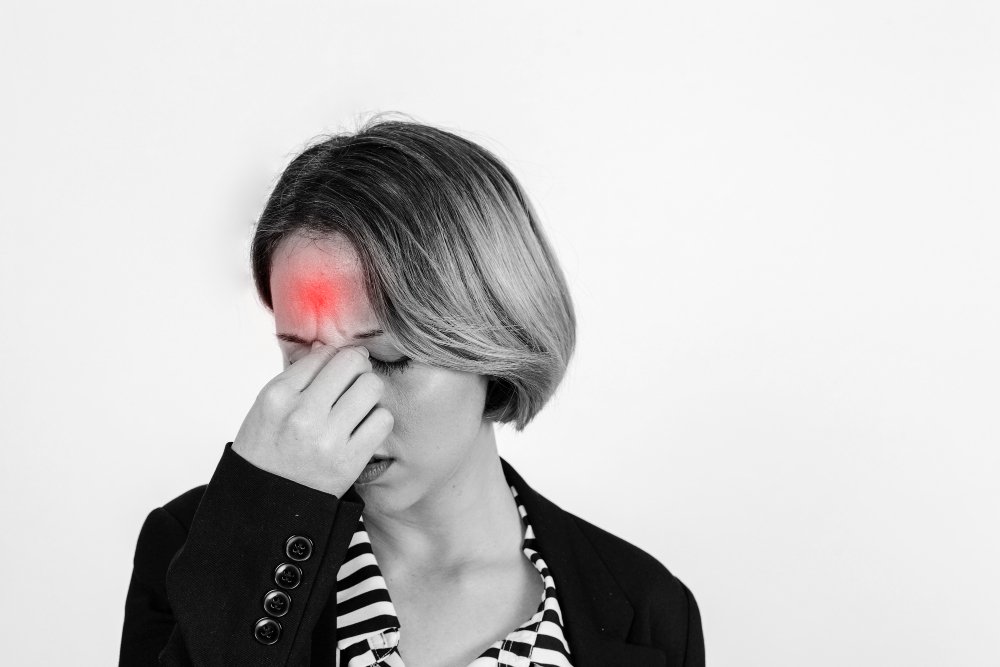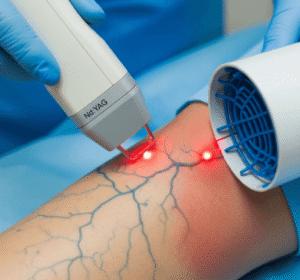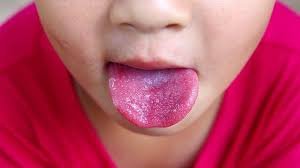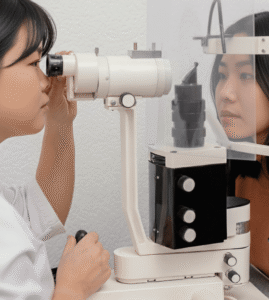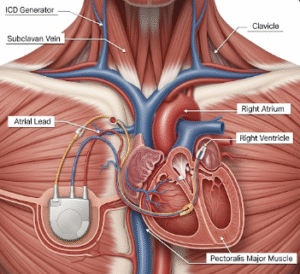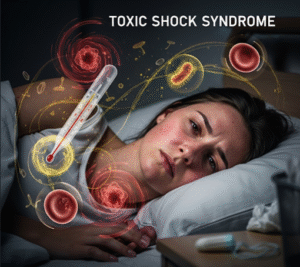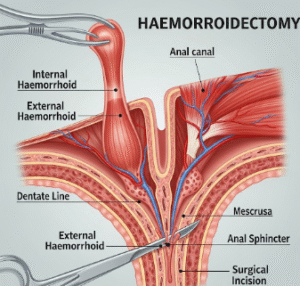Overview
Cluster headache is a rare but extremely painful type of primary headache characterized by sudden, severe attacks on one side of the head, often around the eye. These headaches occur in cyclical patterns or “clusters,” sometimes lasting weeks to months, followed by remission periods. In Korea, modern neurology clinics and specialized headache centers offer advanced diagnostics, treatment options, and preventive strategies to manage this debilitating condition.
What is Cluster Headache?
Cluster headache is a neurological disorder marked by recurrent, intense unilateral headaches, often accompanied by autonomic symptoms such as tearing, nasal congestion, or eyelid drooping. Unlike migraine, cluster headaches are shorter in duration (15 minutes to 3 hours) but occur multiple times per day during active periods.
Symptoms
- Excruciating, one-sided headache, typically around the eye or temple
- Red, watery eye on the affected side
- Nasal congestion or runny nose
- Drooping eyelid or small pupil on the affected side (ptosis and miosis)
- Restlessness or agitation during attacks
- Sudden onset, often at the same time each day during a cluster period
- Attacks lasting 15 minutes to 3 hours, sometimes multiple times per day
Causes
The exact cause is not fully understood, but factors may include:
- Dysfunction of the hypothalamus (brain region regulating circadian rhythms)
- Abnormalities in pain pathways and trigeminal nerve activation
- Genetic predisposition in some families
- Triggers such as alcohol, strong odors, smoking, or high altitudes during cluster periods
Risk Factors
- Male gender (more common in men than women)
- Age between 20–50 years, though it can occur at any age
- Cigarette smoking
- Family history of cluster headaches
- Seasonal or circadian patterns
Complications
- Severe pain leading to sleep disturbances
- Anxiety or depression due to recurrent attacks
- Risk of medication overuse if pain is managed improperly
- Impact on work, social life, and quality of life
Prevention
- Avoid known triggers such as alcohol and tobacco during active cluster periods
- Maintain regular sleep patterns
- Early recognition of prodromal symptoms for prompt treatment
- Preventive medications during cluster periods under medical supervision
Treatment Options in Korea
Korean hospitals provide comprehensive care for cluster headaches, combining acute management and preventive strategies.
- Acute Treatment
- Oxygen therapy: Inhalation of 100% oxygen via mask at onset of an attack
- Triptans (e.g., sumatriptan injections or nasal sprays): Effective in relieving pain quickly
- Lidocaine nasal drops: Occasionally used for rapid relief
- Preventive Treatment
- Verapamil: First-line preventive medication to reduce attack frequency
- Corticosteroids (short-term): For bridging therapy during cluster periods
- Lithium or other medications: For chronic cluster headache or refractory cases
- Advanced Treatments
- Nerve blocks and neuromodulation therapy in specialized headache centers
- Deep brain stimulation or occipital nerve stimulation for severe, treatment-resistant cases

